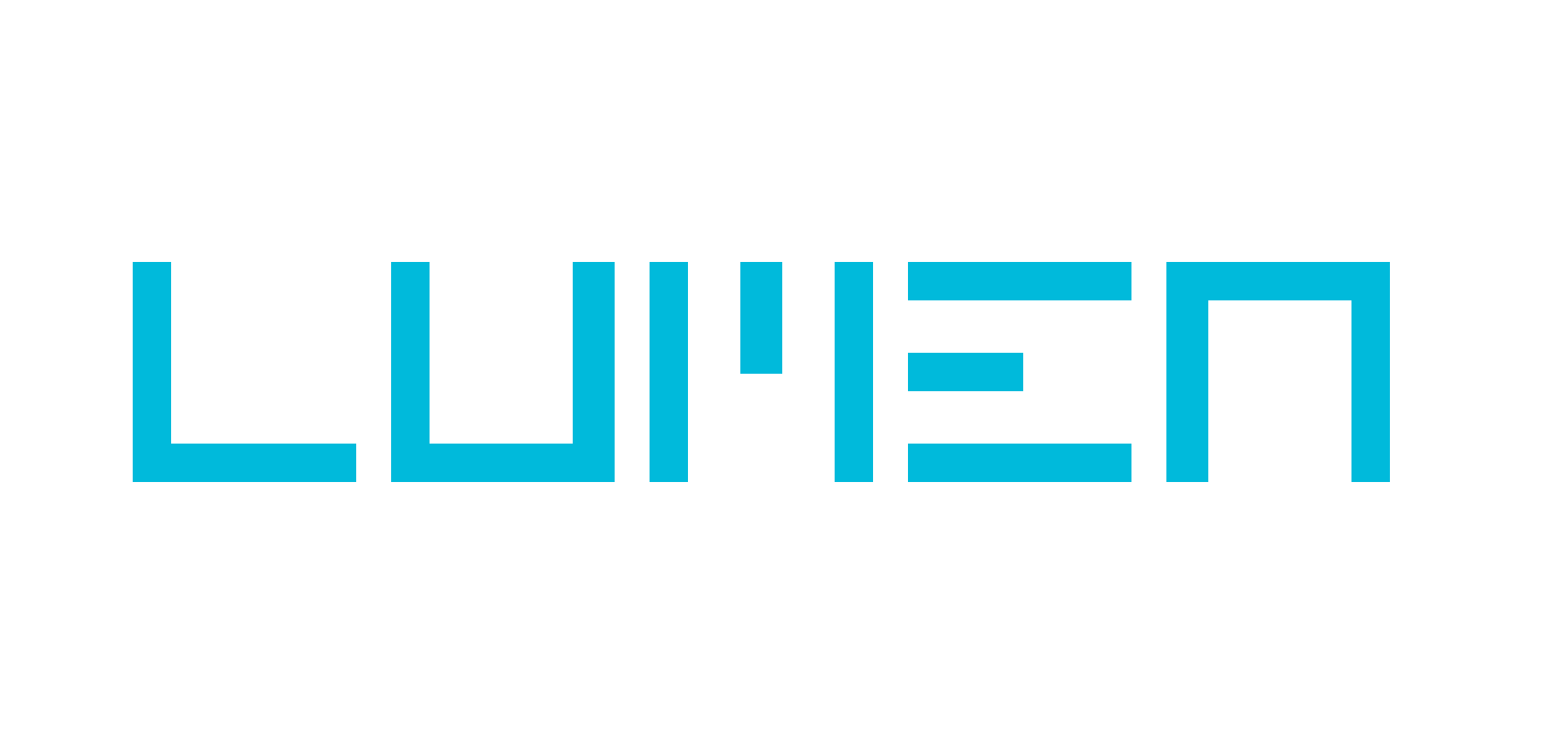00.00
Distinctive (attention) assets

We were on stage alongside the great Jenni Romaniuk at the JCDecaux upfronts this week. Jenni was talking about some of the key lessons from her new book, Building Distinctive Brand Assets.
Distinctive brand assets are very important because brands themselves aren’t very important. Sure, they are important to you, dear reader. You work in marketing. Your rent or mortgage depends on reading all the body copy and checking the terms and conditions. But to most people, brands aren’t very interesting, and so people don’t pay them much interest.
Having cut our egos down to size, it was time for Jenni to start building things up again. And this is where her thinking on distinctive brand assets is particularly clever. And by clever, I mean, fits with what Lumen thinks.
Building Distinctive Brand Assets builds on Jenni’s previous work with Byron Sharp in How Brands Grow. In that book, they contrasted an old way of thinking about how advertising worked with a new, more realistic way. The old model assumed that people are actually very interested in your brand or product, engage with your marketing deeply and consider your product claims carefully. The new, more accurate model assumes that people are busy and distracted and don’t really have the headspace to listen to all your USPs and RTBs.
| 1. Positioning | 1. Salience |
| 2. Differentiation | 2. Distinctiveness |
| 3. Message comprehension | 3. Get noticed |
| 4. USP | 4. Relevant associations |
| 5. Persuasion | 5. Refreshing and building memory structures |
| 6. Teaching | 6. Reaching |
| 7. Rational, involved audience | 7. Emotional, distracted audience |
Given this reality, what is the smart marketer to do? Well, you could stand there, King Canute-like, and demand the considered attention of a recalcitrant consumer. Or you could work with the reality of people’s lives, and build up distinctive brand assets that get noticed quickly and remembered easily. And this was the point that Jenni wanted to make.
The reason we like this line of thought is because it chimes so well with our data. The Lumen data says that people are very good at ignoring advertising, and if they do look at it, they look at it for a very short amount of time. Distinctive brand assets are important because they’re probably the only bit of your marketing that actually works given the harsh reality of attention.
Look at the list of assumptions above, and then remember the reality of attention highlighted by our data.
Carefully crafted positioning or top of mind salience? Most ads are ignored by most people most of the time. Ads that are designed for salience are likely to have an unfair advantage over ads that aren’t.
In-depth differentiation or attention-grabbing distinctiveness? Attention is a finite resource, so you should aim for attention first and worry about differentiation later.
Message comprehension? USPs? Persuasion? In less than a second? People simply don’t spend long enough with advertising for it to persuade them of anything.
I could go on.
Attention data supports many of the insights in Building Distinctive Brand Assets. Attention is a finite resource. Consumers are unwilling or unable to expend it on the minutiae of brand messages. But they can and do pick up important brand signals from colour and design, which builds familiarity and top of mind awareness. The best thing a brand can do is build a mental asset, and make it distinctive.
00.00









